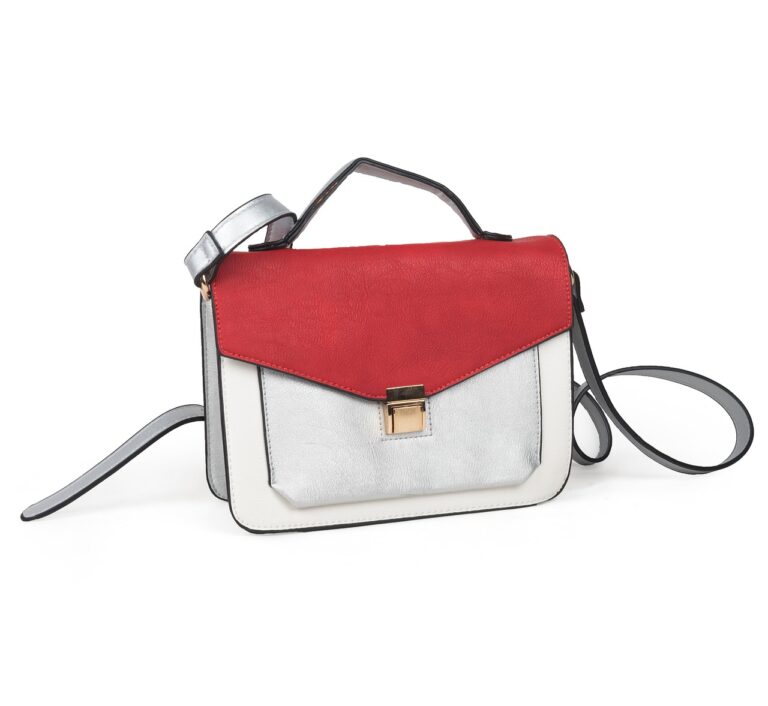Sustainable Fashion Practices: From Design to Production to Disposal
Sustainable fashion practices are becoming increasingly important in a world grappling with the environmental impacts of fast fashion. From the design stage to production and disposal, there are numerous opportunities for the fashion industry to embrace sustainability and reduce its negative effects on the planet.
The Design Stage
One of the first steps in creating sustainable fashion is at the design stage. Designers play a crucial role in determining the environmental impact of a garment. By considering factors such as material selection, longevity, and end-of-life options, designers can create pieces that are not only fashionable but also eco-friendly.
Material Selection
Choosing the right materials is key to making sustainable fashion. Designers can opt for organic, recycled, or upcycled materials that have a lower environmental footprint compared to traditional fabrics. For example, organic cotton uses less water and pesticides than conventional cotton, while recycled polyester reduces the need for new plastics.
Longevity
Designing garments with longevity in mind is another important aspect of sustainable fashion. By creating timeless pieces that can be worn for years to come, designers can reduce the demand for fast fashion and its negative environmental impacts. Quality craftsmanship and durable materials are essential for creating long-lasting clothing.
End-of-Life Options
Considering the end-of-life options for a garment is crucial in sustainable fashion. Designers can think about how their creations can be recycled, upcycled, or composted at the end of their life cycle. By designing clothing with recyclable materials or providing repair services, designers can extend the lifespan of their products and reduce waste.
Production
Once the design stage is complete, the next step in sustainable fashion is production. The fashion industry is notorious for its polluting production processes, but there are ways to minimize the environmental impact of manufacturing clothing.
Local and Ethical Manufacturing
Choosing local and ethical manufacturers is one way to reduce the carbon footprint of clothing production. By working with factories that adhere to fair labor practices and environmental regulations, fashion brands can ensure that their products are made in a sustainable and socially responsible manner.
Reducing Waste
Another important aspect of sustainable fashion production is reducing waste. Fashion brands can minimize fabric waste by optimizing cutting patterns and repurposing scraps into new products. Additionally, using digital technologies such as 3D modeling and virtual prototyping can help reduce the amount of physical samples produced, further cutting down on waste.
Energy Efficiency
Improving energy efficiency in production facilities is essential for sustainable fashion. Fashion brands can invest in renewable energy sources such as solar or wind power to reduce their reliance on fossil fuels. Implementing energy-saving technologies and practices can also help lower greenhouse gas emissions and mitigate climate change.
Disposal
Disposal is the final stage of a garment’s life cycle, and it is often overlooked in the fashion industry. Sustainable fashion brands are starting to address this issue by offering disposal options for their products, such as recycling programs or take-back initiatives.
Recycling
Recycling is a key strategy for sustainable fashion disposal. By collecting and recycling old clothing, fashion brands can prevent textiles from ending up in landfills and reduce the need for new materials. Some brands are even exploring innovative recycling technologies that can turn old garments into new fibers for future use.
Upcycling
Upcycling is another way to give new life to old clothing. By transforming old garments into new products, fashion brands can reduce waste and showcase their creativity. Upcycling can also create unique and limited-edition pieces that cater to the growing demand for sustainable and individualized fashion.
Composting
Composting is a sustainable disposal option for natural materials such as cotton, linen, and hemp. By composting old clothing, fashion brands can return nutrients to the soil and close the loop on the fashion industry’s resource consumption. Compostable clothing can biodegrade in a matter of months, unlike synthetic fabrics that can take hundreds of years to break down.
FAQs
What is sustainable fashion?
Sustainable fashion refers to clothing that is produced and consumed in ways that are environmentally friendly, socially responsible, and economically viable. It includes practices such as using eco-friendly materials, reducing waste, and promoting fair labor practices.
Why is sustainable fashion important?
Sustainable fashion is important for several reasons. It helps minimize the environmental impact of the fashion industry, reduce waste, and promote ethical practices throughout the supply chain. By embracing sustainable fashion, brands can contribute to a healthier planet and a more equitable society.
How can I support sustainable fashion?
There are several ways to support sustainable fashion. You can choose to buy clothing from brands that prioritize sustainability, such as using organic or recycled materials. You can also extend the life of your garments by repairing and upcycling them, or by donating them to charity when you no longer need them.
What are some eco-friendly materials used in sustainable fashion?
Some eco-friendly materials used in sustainable fashion include organic cotton, bamboo, hemp, and Tencel. These materials are grown and processed with minimal environmental impact compared to conventional fabrics like polyester or nylon.
Overall, sustainable fashion practices are essential for reducing the negative impacts of the fashion industry on the environment and society. By focusing on design, production, and disposal, fashion brands can create a more sustainable future for the industry and consumers alike.







